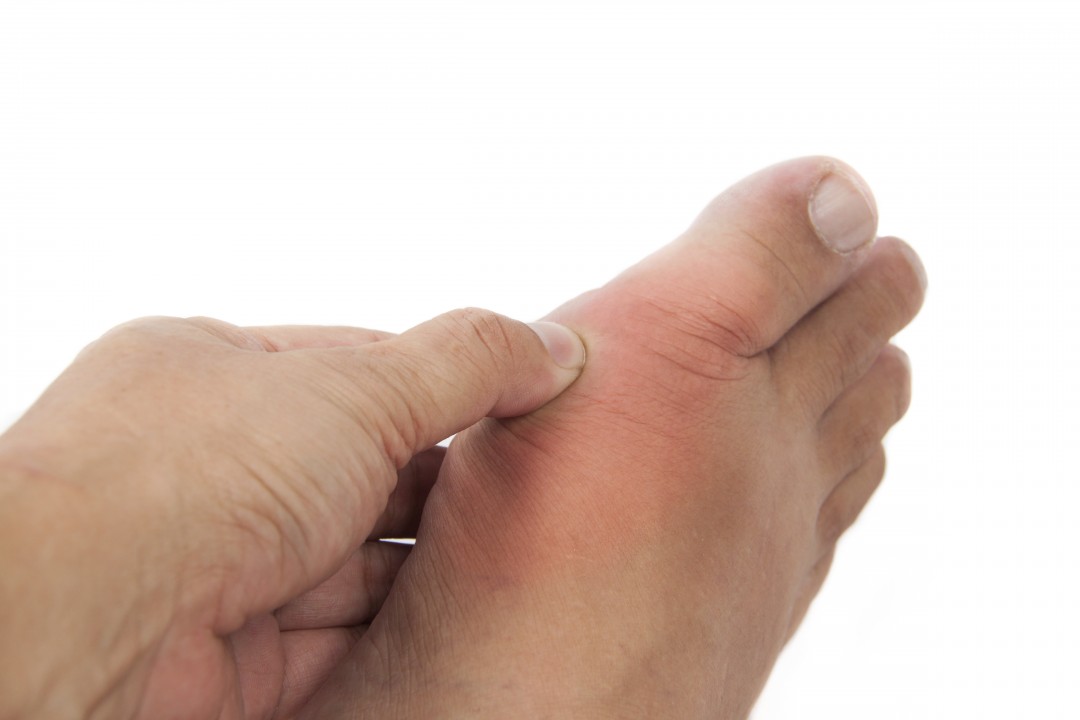5 Top Tips to Prevent Pain
Recurring bouts of pain can have a serious impact on your life, preventing you from doing the things you enjoy or even going into work and getting a good night’s sleep. If pain continues over a long period of time, it can also have an impact on your emotional well-being, leaving you irritable, moody or depressed. However, if you are prone to joint pain problems, there are a number of steps you can take to help prevent and reduce the pain, helping you to get on with your life.
Think about your weight
Excess upper body weight can put a strain on people’s back and joints, meaning losing weight can help ease the pain for some people. This is especially true for people with back pain, who carry excess weight on their stomachs, which pulls the pelvis forward and strains the lower back.
To determine whether weight loss could help improve your back pain, work out your Body Mass Index (BMI) using your height and weight. If you have a BMI of 25 or over, you would be classified as being overweight.
Stay active
While it may be tempting to sit and rest, if you are suffering from pain, regular exercise is actually a great way of reducing and preventing it.
Light exercises, such as walking and swimming, help to strengthen the core and back muscles without being too strenuous, while yoga and Pilates can help improve flexibility.
If you want some simple exercises, which can be done daily at home, try the following exercises. Remember not to push too hard and to take expert advice if your condition does not improve:
-
Knee pain sufferers:
- Sitting with knees bent. Put good leg over bad and gradually push leg back into a small amount of pain. Relax, repeat 10-15 times.
- Sitting, left leg out in front of you then relax back down. Repeat sets of 10-15 until your thigh muscle gets tired
2. Hip pain sufferers:
- Lying on your back with your knees bent and feet flat on the bed or floor. Lift your bottom up so that you thighs are in line with your knees. Hold 5 seconds. Repeat x 10
- Lying on your back. Bend your painful leg up towards you. Support under your thigh with your hands and feel a gentle stretch. Hold 10 seconds, repeat x 5
3. Lower back pain sufferers:
- Lying on your back, bend your legs up towards your chest. Support under both thighs with your hands. Hold 10 seconds. Repeat 5-10 times
- Lying on your back with your knees bent and feet flat on the bed/floor. Gently take your knees from side to side, keeping them together. Repeat x 10.”Any exercise programme will bring the biggest rewards if performed regularly, with experts recommending 150 minutes a week for maximum impact. It is advisable to consult your doctor before starting an exercise routine.
Manage stress
As mentioned before, pain can impact on your emotional well-being, and it can also be brought on or worsened by stress and anxiety. Stress causes tension in the muscles, which can exacerbate pain and can also slow your recovery as stress makes it harder for the body to bounce back. Getting rid of stress is a lot easier said than done, but you can help your body cope by maintaining a healthy, nutrient-rich diet, exercising regularly and getting a good night’s sleep. There are also a number of stress-reduction techniques including deep breathing exercises and progressive muscle relaxation which can help calm you down.
Sit up straight
The way you sit and stand can have a serious impact on your pain and good posture can help alleviate any aches and pains. Many people suffer from pain as a result of sitting incorrectly at work all day. To avoid this, make sure you have support at the small of your back and your feet flat on the floor, with your hips and knees level. If you use a computer, ensure it is positioned so that your elbows are at right angles and your forearms are horizontal.
Your posture when driving is also important, especially if you spend a long time commuting. When behind the wheel, make sure you can easily reach the foot controls and position the wing mirror correctly, so that you aren’t constantly twisting around.
Invest in the right furniture
What you sit on can impact on your joints just as much as how you sit on it, so it’s important to invest in the right furniture. It may be worth investing in specialist chairs, which are designed to support the natural curve of your back and offer support to hips. Some models even come with ‘lift and rise’ features which make it easier for people to get up without straining themselves.
Protecting your achy joints in bed is also vital. After all, you spend a huge chunk of your time there. Mattresses which are too soft can contribute to back and hip problems as they don’t offer your spine or hips sufficient support. A good orthopedically-designed box spring and mattress should help you to get a good night’s sleep and will be worth the cost in the long run.
Extracted from The Bare Bones Guide to Joint Pain, a free new ebook from BMI Healthcare. To obtain your free copy, click HERE












